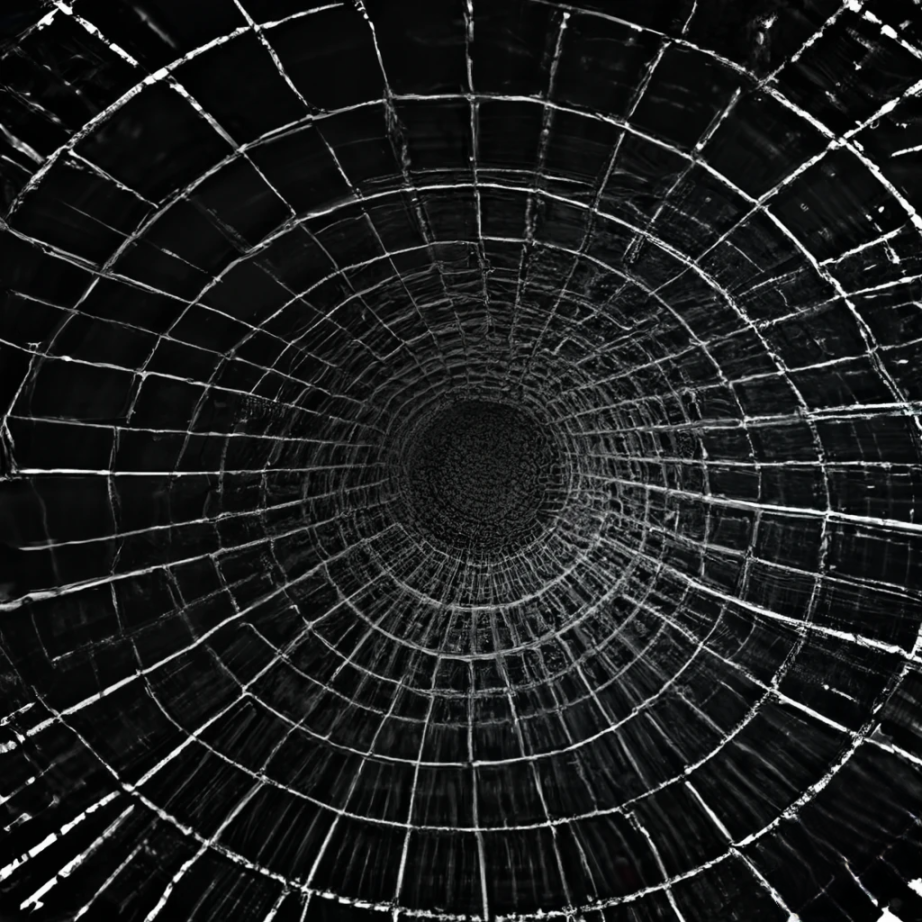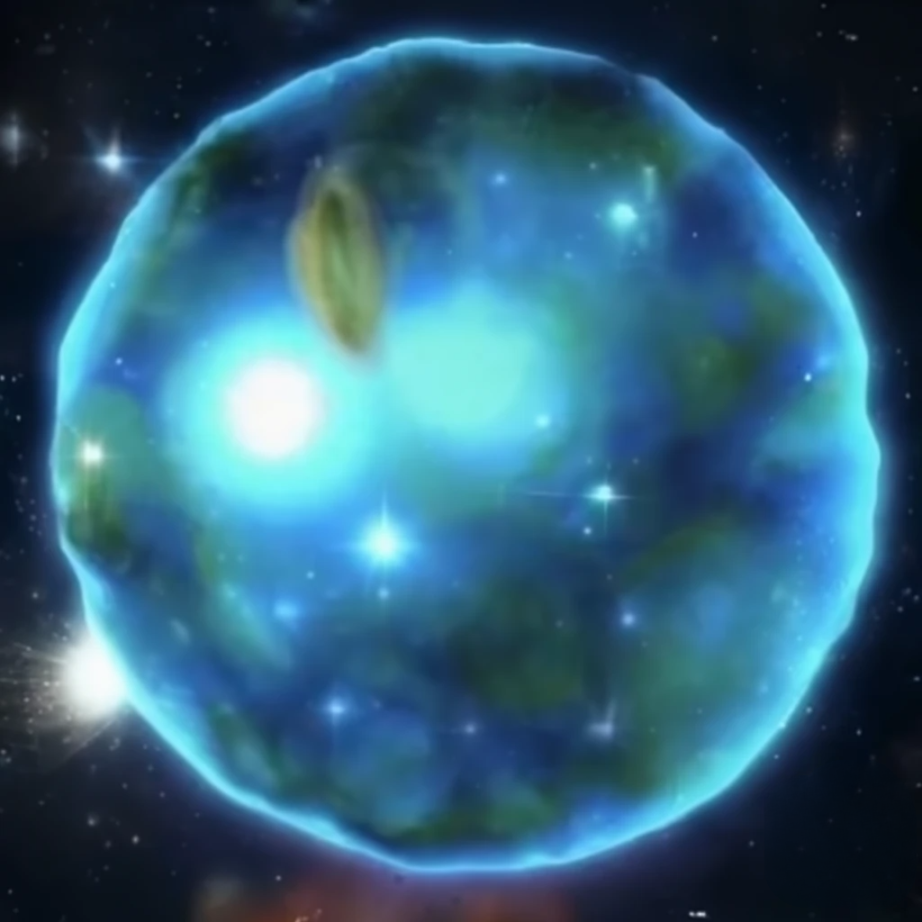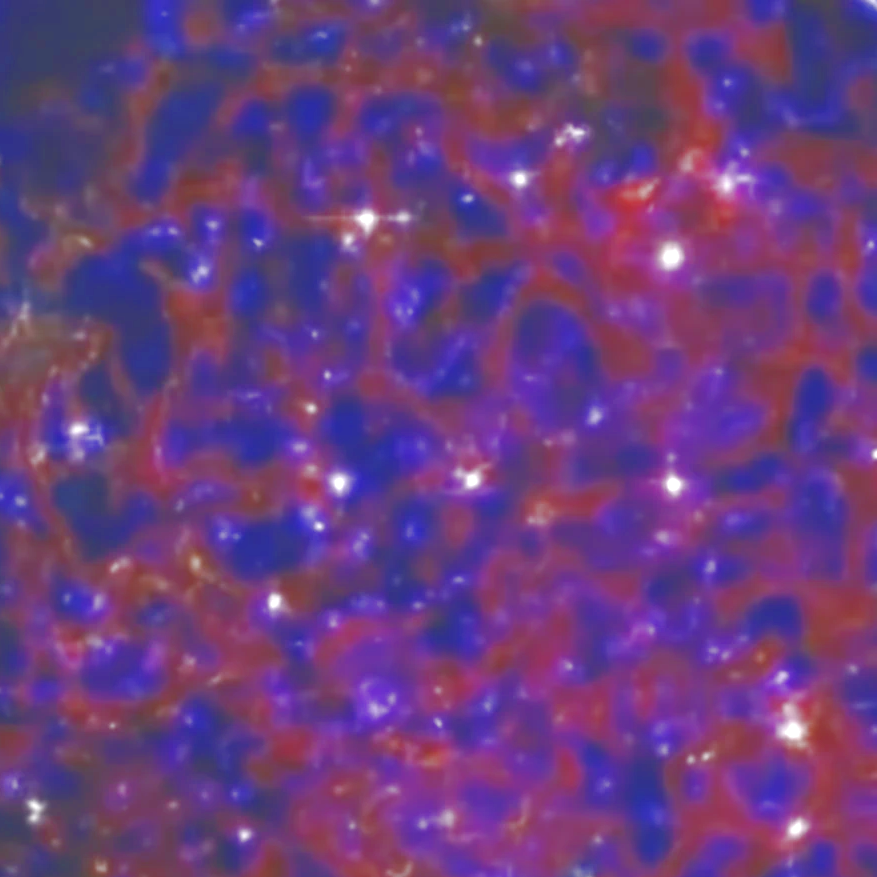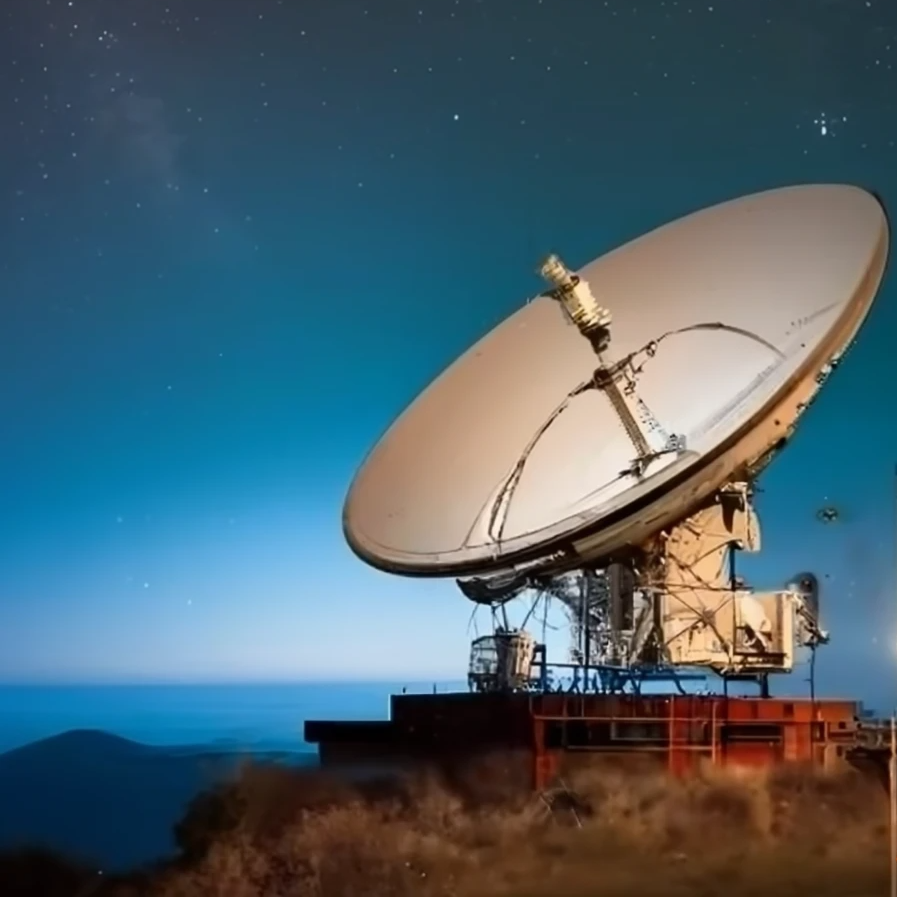An Investigation in Strings Theory to outline Supersymmetric Wormholes Nature
Low-Dimensions vs High-Dimensions Theories
In recent years, significant progress has been made in understanding the Euclidean Path Integral (further information in here, Ref. 3) [1] for low-dimensional quantum gravity theories like Jackiw–Teitelboim
(JT) Gravity. These insights often involve summing over Saddle Points with varying Topology(ies). In contrast, for higher-dimensional theories like those involving Einstein - Hilbert Gravity coupled with matter, the situation is less straightforward.
What About Wormholes?
Wormholes (Figure 1), which are Geometrical Structures connecting separate regions of Space - Time, are key to understanding certain quantum gravity aspects. However, their presence in the Euclidean path integral can lead to puzzles regarding Unitarity and Non-Factorization [2] of Correlation Functions. This raises questions about the consistency of the Holographic Duality (Figure 2) [3] in such cases.
Additionally, wormholes suggest the possibility of Baby Universes [4], impacting the Swampland Program's guidelines. To address these issues, a deeper exploration of higher-dimensional Euclidean wormholes within String Theory (further information in here, Section 1) is needed.
Constructing Euclidean Wormholes in Supergravity
Building Euclidean wormhole geometries generally requires a source of negative Euclidean Energy [5]. In string theory, this is achieved using axion (further information in here, Section 2) fields. Analytical continuation of a Lorentzian Theory [6] with axions to the Euclidean Regime can yield a negative energy-momentum tensor (further information in here, Section 1), providing the necessary conditions for wormhole formation.

Figure 1. A Pictorial Representation of a Wormhole Interior
Step by Step from a Five-Dimensional Framework
One can start with a five-dimensional metric, which is written in the form:
Equation 1. The form of a Five-Dimensional Metric
where [math]\small{ds^2_{\mathbf{R}^4}}[/math] is the Flat Metric on Euclidean Space, [math]\small{\mathbf{R}^4}[/math], and the Metric Function, [math]\small{A}[/math] ([math]\small{r}[/math]) depends solely on the radial coordinate, [math]\small{r}[/math]. The Euclidean gravity path integral compactifies [math]\small{\mathbf{R}^4}[/math] to the Normal Space, [math]\small{T^4}[/math].
Supersymmetry is broken from [math]\small{N = 4}[/math] to [math]\small{N = 1}[/math], with distinct Quantum Field Theory(ies) (QFTs) on each side of the wormhole, differentiated by their Yang-Mills coupling constants and other parameters. A Special Point exists where the wormhole's "neck" shrinks to zero, leading to a Singular Metric resembling the well-known GPPZ Solution [7].
... Here is Supersymmetry!
To ensure supersymmetry, the solutions must satisfy the first-order Bogomol'nyi - Prasad - Sommerfield
(BPS) Equations (Equation 2 and Equation 3). These equations guide the construction of the supersymmetric Euclidean wormhole solutions. A key point in this analysis is whether the wormhole solutions dominate over corresponding disconnected geometries with the same Boundary Conditions.
Equation 2. First BPS Equation: the form of Total Energy in the Euclidean Space
in which [math]\small{A'}[/math] is the derivative of the metric function and [math]\normalsize{W}[/math] is a real Supepotential.
Equation 3. Second BPS Equation: the Energy for each point on the Euclidean Space
[math]\Large{i}[/math] is a generic Point on Euclidean space; ( [math]\Large{z^{i}}[/math])[math]\Large{'}[/math] is the first derivative of the Scalar Field, [math]\Large{z^{i}}[/math] of each generic point, with respect to the radial coordinate; and [math]\Large{K^{i\bar{J}}}[/math] is the Kähler Metric.
Using a Consistent Truncation7 of maximal five-dimensional Supergravity with an SO(6) Gauge Group, a specific set of BPS equations is derived. A simplified set of field variables and a constant of motion help in solving these equations. A critical aspect is the interpretation of these solutions within the context of the holographic duality and the implications for non-factorization.

Figure 2. Illustration of the Hologram for a Sphere
Implications of Wormholes Discovery
The existence of Euclidean wormholes and their role in quantum gravity path integrals raise significant questions about unitarity, holographic duality, and the Swampland program. Future work involves uplifting these wormhole solutions to ten dimensions and exploring the implications of imaginary scalars in the Euclidean regime. The factorization puzzle in Holography remains an open question, with possible solutions involving supersymmetry considerations and potential Fermion Zero-Mode [8] effects. This area of research holds great potential for advancing our understanding of quantum gravity and its holographic connections.
- Springer. "Euclidean Path Integrals"https://link.springer.com/chapter/10.1007/978-1-4612-0009-3_14
- Inspire HEP. "Factorization and Non-Factorization of In-Medium Four-Quark Condensates" https://inspirehep.net/literature/676262
- arXiv.org. "Editorial: New frontiers in holographic duality" https://arxiv.org/abs/2210.03315
- Big Think. "Are we living in a baby universe that looks like a black hole to outsiders?" https://bigthink.com/hard-science/baby-universes-black-holes-dark-matter/
- Wiley Online Library. "Energy-Efficient Memristive Euclidean Distance Engine for Brain-Inspired Competitive Learning" https://onlinelibrary.wiley.com/doi/full/10.1002/aisy.202100114
- Nature. "Strongly enhanced effects of Lorentz symmetry violation in entangled Yb+ ions" https://www.nature.com/articles/nphys3610
- ResearchForLife7 (revisited from arXiv). "Discussion on Consistent Truncations: Uplifting the GPPZ Solutions" https://httpsresearchforlife7.com/wp-content/uploads/2024/05/Discussion_on_Consistent_Truncations__Uplifting_the_GPPZ_Solutions.pdf
- Inspire HEP. "Fermion Zero Modes and Topological-charge on a Domain Wall of the D-brane-like Dot" https://inspirehep.net/literature/1353725






